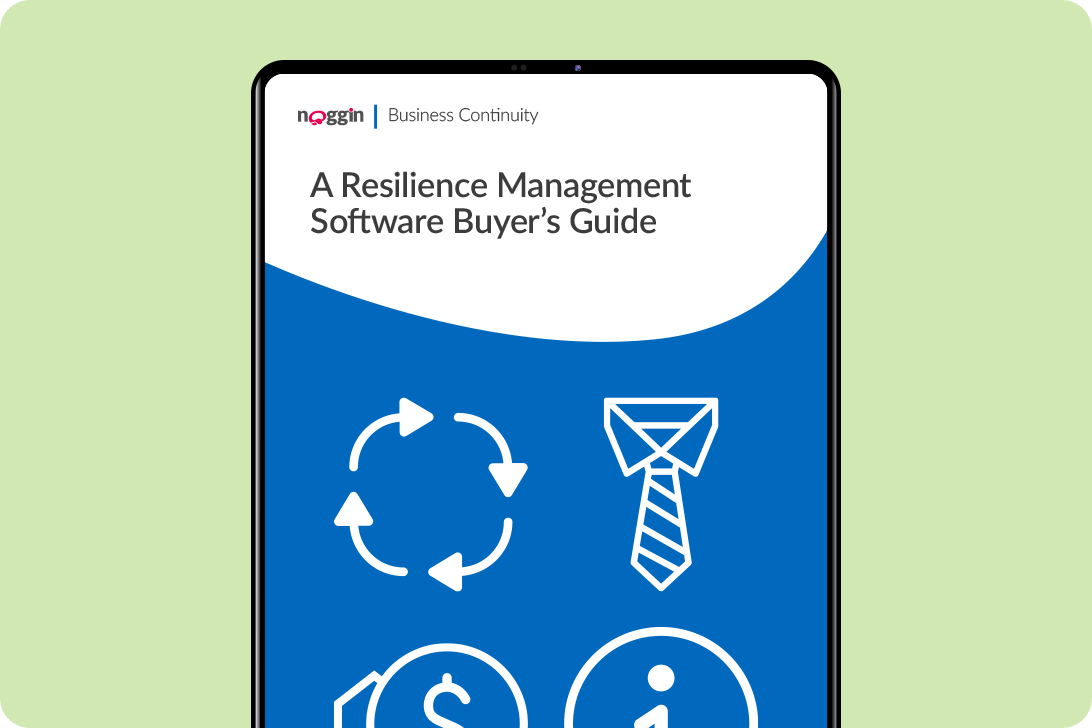Request a Demo
Fill in the form below and we will contact you shortly to organised your personalised demonstration of the Noggin platform.
Meet Noggin
An integrated resilience workspace that seamlessly integrates 10 core solutions into one, easy-to-use software platform.
The Noggin Platform
The world's leading integrated resilience workspace for risk and business continuity management, operational resilience, incident & crisis management, and security & safety operations.
Industries
Explore Noggin's integrated resilience software, purpose-built for any industry.
Guide to Business Continuity Management for Healthcare Organisations
Best Practice Guide
Business continuity threats to healthcare organisations grow in the age of COVID-19
Like few crises in the modern era, the COVID-19 pandemic has shined a light on the importance of well- functioning healthcare organisations to the preservation of community health. However, the threats facing those very same organisations have never been starker. Indeed, every year, the number of potential disruptions threatening to interrupt business operations in the healthcare sector grows in kind, cost, and intensity.
In the U.S., for instance, the Government Accountability Office (GAO) has found that healthcare workers are five to 12 times more likely to encounter nonfatal violence in the workplace than their counterparts in other industries.
The data from Australia might be worse. Since 2009- 2010, the sector has consistently logged the highest number of serious workers’ compensation claims, with disproportionately high rates of homicide and other violent incidents.
Nurse assaults, in particular, are at epidemic levels. In fact, the Australian Institute of Criminology went so far as to designate nurses as the occupational group most at risk of workplace violence.
Healthcare facilities, of course, remain highly vulnerable to these severe weather events, especially facilities located in disaster zones. Challenges to maintaining every-day operations during these events are prodigious, while the aftermath can be even more disruptive. The damage to healthcare facilities, equipment, and other assets might impede timely access to emergency medical care, while also compromising the ability of clinicians to treat existing patients who might have to be evacuated from degraded facilities.
Download the full guide to continue reading >>



